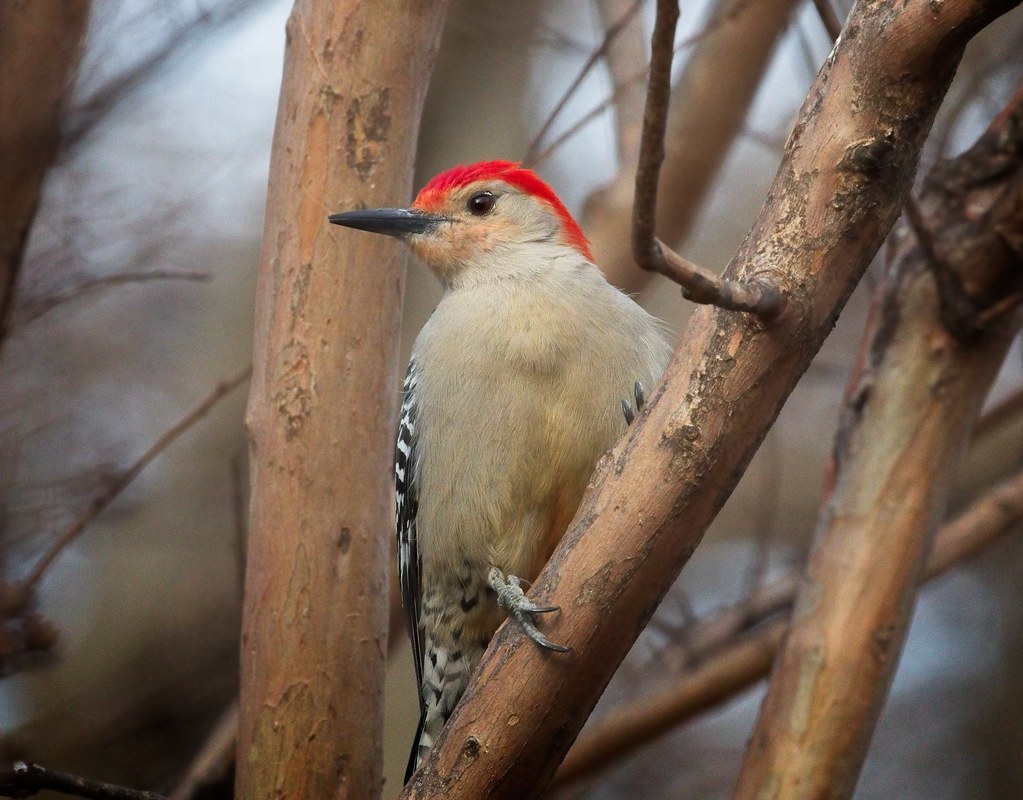Summer is generally slow for bird-watching (for me), but there are definitely places around the city where you can see plenty of wildlife. Below are some highlights from the last few weeks.
Green Heron at Jamaica Bay Wildlife Refuge:

Cedar Waxwings feeding each other on Governors Island:

A bright Yellow Warbler on Governors Island:

Red-Bellied Woodpecker in Tompkins Square Park:

Always a favorite, a Tree Swallow on Governors Island:

Indigo Bunting in Central Park:

American Woodcock in Bryant Park:

Wood Ducks in Prospect Park:

Hooded Merganser in Central Park:

Mallard on Governors Island:

Killdeer on Governors Island:

Eastern Towhee in Central Park:

Tufted Titmouse in Central Park:

Swamp Sparrow in Tompkins Square:

Fox sparrow in El Jardin del Paraiso, East Village:

Wood Thrush on Governors Island:

Hermit Thrush on Governors Island:

Red-tailed Hawk and a Merlin in Green-Wood Cemetery:

Kestrel on E 6th St:

Not a bird!

This Eastern Red bat was flying around Tompkins Square late one afternoon.
If you'd like to learn more about NYC bats and possibly see them in person, NYC Audubon is hosting a Bat Walk this Friday, August 2, at 7:30pm on Governors Island.









